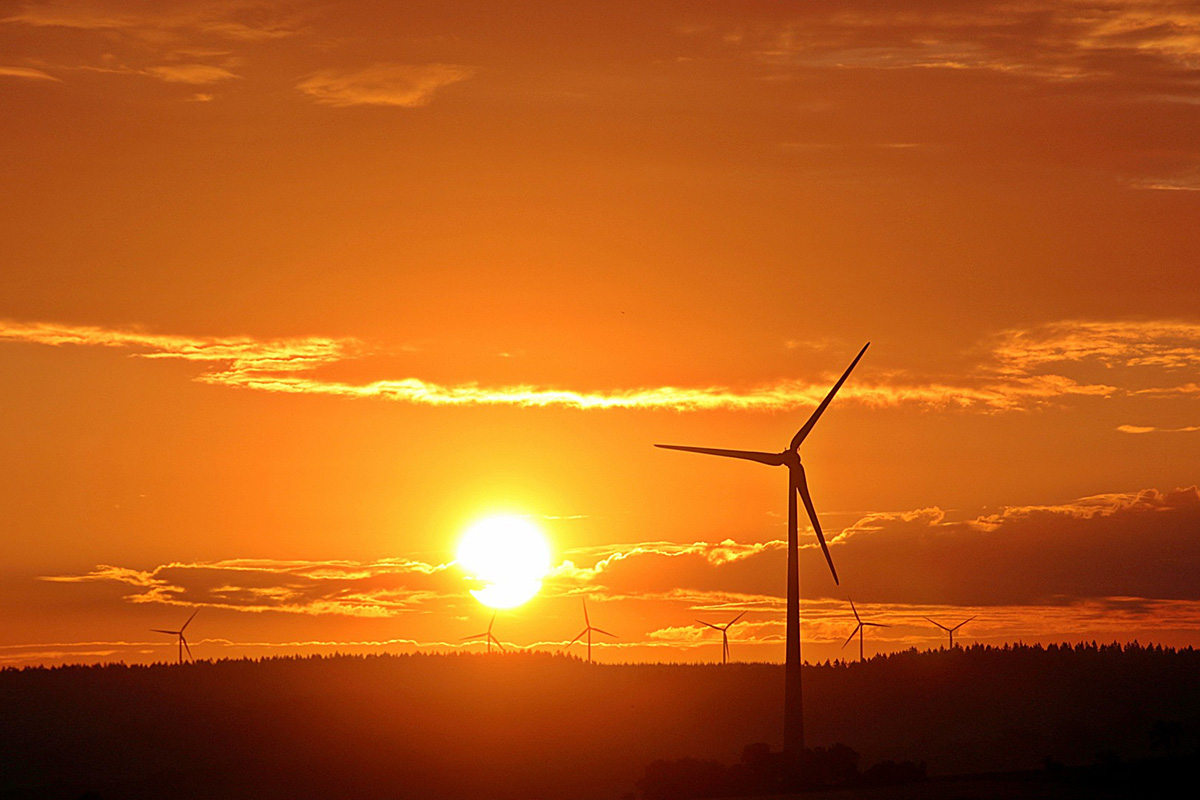News
Turkey needs clarity and visibility on permitting and post-2020 support to restore financing for new projects

8 November 2019
This week the Turkish Wind Energy Congress took place in Ankara. Let’s take stock of where Turkey currently stands on wind energy – and what the future holds.
Turkey has 7.6 GW of wind energy installed today, which accounts for 7.5% of the power mix and 7,000 jobs.
But there has been a slowdown in the financing of new projects since 2016. The main initial cause for this was a combination of political developments and lira depreciation in 2016. Now there is additional uncertainty about the policy framework for wind energy; the YEKDEM FiT expires at the end of 2020 and the Turkish government has not clarified what will replace it. This is worrying, as the YEKDEM FiT will expire for both new and existing assets. Not only this, but there is no clear schedule for future YEKA auctions. These auctions started 2 years ago and have already awarded 2 GW of new capacity.
A combination of all these factors means that banks are increasingly reluctant to lend to projects, and European Expert Credit Agencies are providing less support than before. In the first half of 2019, only 246 MW was installed.
But the Turkish government is very committed to the further expansion of wind. In fact, the Turkish government has expressed more enthusiasm on this front than many European countries. This is because the use of domestic renewable power sources will reduce Turkish energy dependence on foreign gas. There is now a clear consensus on a Turkish wind energy target of 25 GW by 2030.
The future for Turkish wind energy is extremely bright, provided there is clarity and visibility on both permitting and post-2020 support. This is one of best ways to restore investor confidence and financing for new projects, and is sure to dominate the Turkish wind agenda between now and next year’s edition of the Turkish Wind Energy Congress in İzmir.
Find out more about the Turkish Wind Energy Congress

